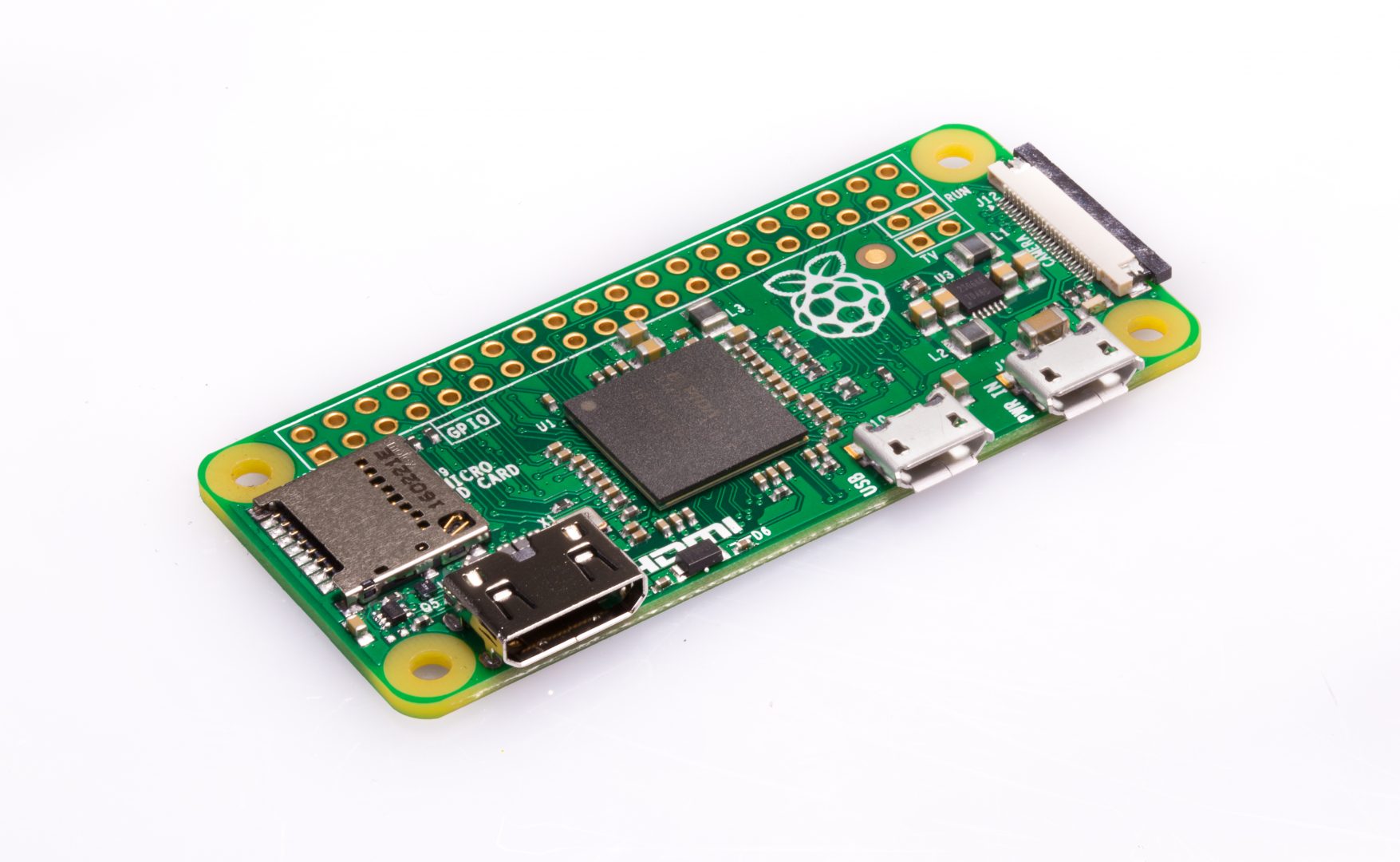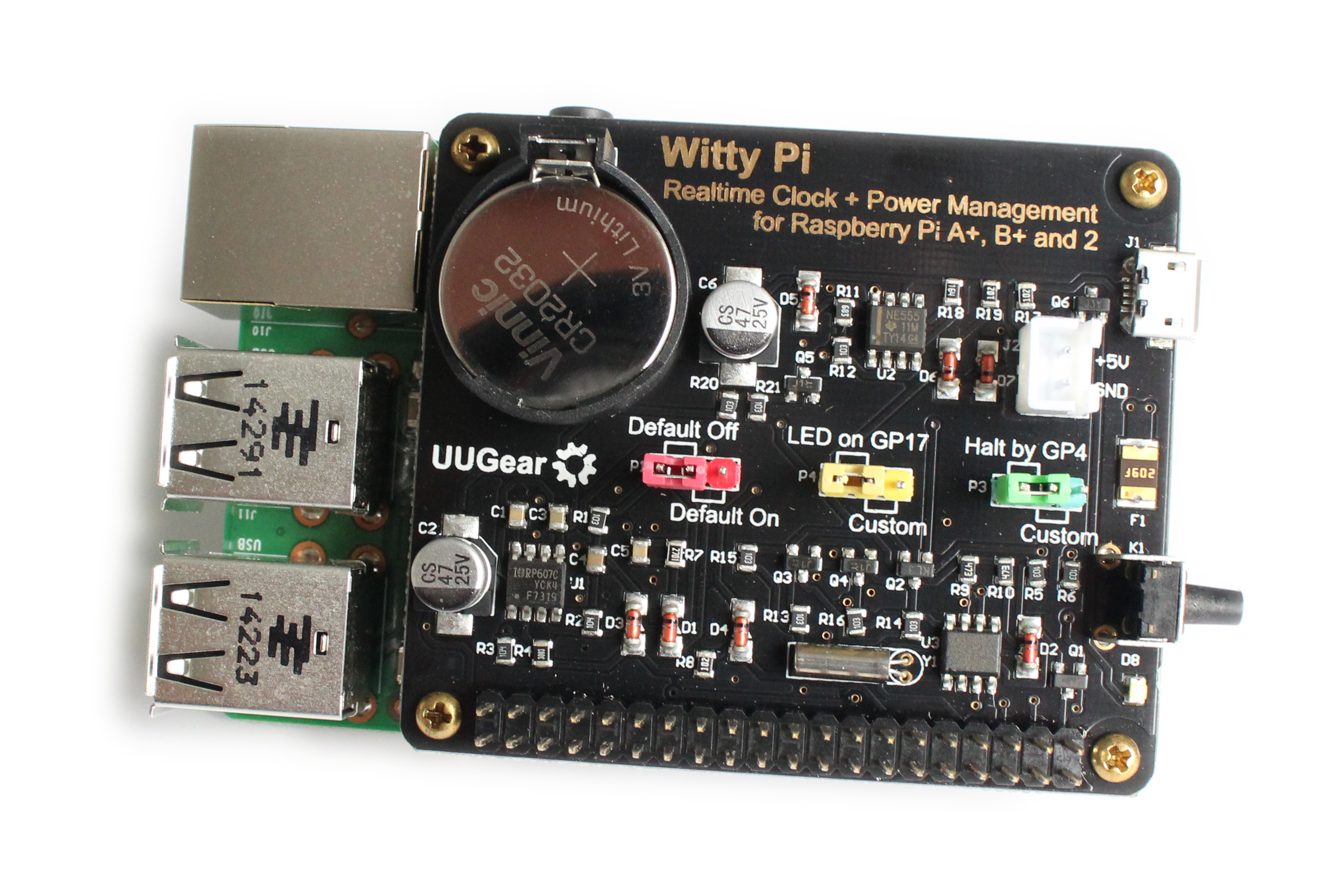Isn't it fascinating how we can now orchestrate complex systems, all from the comfort of our desks, miles away from the actual hardware? The ability to remotely manage a Raspberry Pi a tiny computer with immense potential is not just a convenience, but a necessity in today's interconnected world.
The convergence of the Internet of Things (IoT) and the increasing prevalence of remote work has dramatically reshaped the landscape of technology management. No longer are we tethered to physical locations to maintain our devices. This paradigm shift has given rise to a critical question: how do we efficiently and securely manage our Raspberry Pis and other IoT devices when they are scattered across networks, behind firewalls, and beyond our immediate physical reach? The answer lies in the adoption of robust remote management platforms.
Remote management platforms offer a comprehensive toolkit for controlling, monitoring, and updating Raspberry Pi devices. They provide secure channels for accessing devices that may be hidden behind firewalls or NAT (Network Address Translation) routers, eliminating the need for complex network configurations. With such platforms, you can directly connect to a Raspberry Pi as if it were sitting right next to you, providing secure SSH or VNC access from anywhere. These platforms have become so effective that they have revolutionized the way we interact with our devices, streamlining operations, enhancing security, and reducing the need for on-site intervention. They offer advantages that go far beyond simple remote access. They enable the mass deployment of firmware updates, the monitoring of hardware health, and the ability to remotely troubleshoot and diagnose issues. The implications of remote management for efficiency and cost-effectiveness are significant.
- Mikey Bustos Net Worth Exploring The Wealth Of A Multifaceted Entertainer
- How Much Was George Jones Worth When He Died
The core function of a remote management platform, is to act as a secure gateway, facilitating a connection between you and your device, regardless of the network topology. It simplifies the process of updating software, configuring settings, and ensuring that devices remain secure. Consider a scenario where you have a fleet of Raspberry Pi devices deployed across various locations, such as in a smart agriculture project, or an industrial monitoring system. Manually managing these devices would be an overwhelming task. Remote management platforms provide a centralized control panel, enabling you to manage all devices from a single location.
A cornerstone of effective remote management is the ability to ensure device security. This includes the encryption of data transmitted between the Raspberry Pi and the management platform, safeguarding against unauthorized access. The use of secure protocols such as SSH (Secure Shell) and TLS/SSL (Transport Layer Security/Secure Sockets Layer) is vital in establishing a secure connection. Regular security updates are a must, protecting the devices against vulnerabilities. A robust management platform should also provide features for user authentication and access control, ensuring that only authorized personnel can access and control the devices. This layered approach to security is critical for protecting sensitive data and preventing malicious actors from exploiting vulnerabilities.
The "remoteiot management platform" is a notable example within the landscape of remote Raspberry Pi management. This platform demonstrates how effortlessly you can control your Raspberry Pi device remotely, whether you're at home or connected through the internet. This offers you the ability to maintain full control over your devices, enhancing operational efficiency and reducing the need for physical intervention.
- Net Worth Of Brian Kilmeade A Comprehensive Look At His Finances And Success
- What Is Tamron Halls Net Worth A Deep Dive Into The Life And Career Of The Iconic Tv Host
Remote management solutions provide functionalities that make managing a vast array of devices an effortless task. They empower you to send commands, execute batch jobs, and monitor device performance from a single web portal. With solutions like SocketXP, a cloud-based IoT remote access and device management platform, users get easy SSH access to devices, such as Raspberry Pis, Arduinos, and other embedded Linux devices, hidden behind NAT routers or firewalls over the internet using secure SSL/TLS VPN tunnels. The ability to access your Raspberry Pi or any other device from anywhere on the globe is invaluable. This removes the need to be physically present to diagnose or resolve issues, significantly improving your response time and operational flexibility.
One of the greatest advantages of this technology is that there's no requirement to discover the IoT device's IP address or modify firewall settings. In addition, the platforms provide an easy way to update the devices and ensure their functionality. Updating is crucial in maintaining device security and efficiency, ensuring that you have the latest software and security patches installed.
To further illustrate the benefits, let's explore how remote management platforms provide comprehensive support for remote operations, secure communication, and mass deployment of updates. Remote management platforms can streamline device management at scale, enhancing operational efficiency and reducing risks. The ability to remotely update your IoT devices and Raspberry Pis is a crucial aspect of remote management.
There are a variety of platforms that offer a blend of features that allow you to monitor, update, and access your devices remotely. Some are tailored for large-scale deployments, while others are designed for individual projects. When choosing a platform, factors like security, ease of use, feature set, and the specific requirements of your project are all crucial considerations.
For instance, the ability to remotely access a Raspberry Pi behind a firewall or NAT router is a key advantage. This capability allows developers to directly connect to a device as if it were on the local network. The remote IoT platform enables developers to connect IoT devices in a web browser as an SSH client. Imagine the convenience of having your devices reachable, regardless of the location or network configurations.
The potential applications of remote Raspberry Pi management are vast. In the realm of home automation, you can remotely control and monitor your smart home devices, manage media servers, or even conduct scientific experiments. In an industrial setting, remote management can be used for monitoring and controlling sensors, managing industrial equipment, and performing predictive maintenance. In education, it allows students to access and experiment with Raspberry Pi devices remotely, facilitating learning and research without the limitations of physical access.
The use of remote management platforms often encompasses several key strategies. Centralized management is a key feature, allowing for the management of multiple devices from a single interface. Configuration management capabilities facilitate the standardization of device settings and configurations. These also include secure data transmission methods. The continuous monitoring of device health is critical, and providing security updates is also crucial for maintaining the system.
The evolution of remote access technologies underscores a broader shift towards increased automation and remote capabilities. This has a significant impact on efficiency, security, and the ability to quickly respond to the needs of devices and environments.
The tools and methods that facilitate remote Raspberry Pi management are constantly evolving. The need for robust and user-friendly tools has driven innovation in this domain, resulting in a wide range of platforms and solutions that cater to diverse needs.
Remote management solutions offer a wide range of features, including remote access, monitoring, and updating capabilities. The ability to troubleshoot devices remotely eliminates the need for on-site visits, saving time and reducing costs. The ability to deploy software updates over the air ensures that devices are running the latest software, which includes critical security patches.
When considering the deployment of a remote management platform, several factors should be taken into account. The scalability of the platform is crucial, particularly if you plan to manage a large number of devices. The user interface and ease of use are essential, as this will affect how quickly and efficiently you can manage your devices. The security features, including encryption, authentication, and access controls, are essential for protecting your devices and your data.
By implementing the most effective tools and strategies for remote Raspberry Pi management, you can unlock the full potential of your devices, streamline your operations, and enhance both security and efficiency. This will enable the rapid deployment of updates, monitoring of hardware health, and facilitate the remote diagnostics and troubleshooting of problems.
Remember that the right platform for you is a crucial element in managing your devices remotely. Choosing the right platform will depend on a number of factors, including the number of devices you need to manage, the features you require, and your budget. As technology advances, we can only anticipate the benefits of remote management becoming more critical in the future.
| Feature | Benefit | Description |
|---|---|---|
| Remote Access | Convenience and Flexibility | Access your Raspberry Pi from anywhere with an internet connection, eliminating the need for physical access. |
| Security | Data Protection and Unauthorized Access Prevention | Encrypts data transmission and provides secure protocols like SSH and TLS/SSL for secure connections, and incorporates user authentication and access control |
| Scalability | Management of Multiple Devices | Manage multiple Raspberry Pis or IoT devices at scale from a single, centralized interface. |
| Simplified Networking | Bypassing Network Complexities | Remotely access devices behind firewalls or NAT routers without needing to configure complex network settings. |
| Ease of Use | User-Friendly Operations | Web-based interface for easy remote management and streamlined control. |
| Remote Updates | Keeping Devices Current | Remotely update software and firmware on your devices over the air. |
| Monitoring | Proactive Device Health Management | Continuously monitor device health and performance. |
| Cost Reduction | Efficiency and Expense Savings | Eliminates the need for on-site visits, saving time and reducing costs associated with device management. |
In today's fast-paced technological landscape, the ability to manage devices remotely is essential. It is an important tool that provides convenience, efficiency, and security. It enables you to harness the full potential of your devices. This will help you streamline operations, boost security, and enhance your overall efficiency. By adopting the right remote management platform, you can unlock the full power of your Raspberry Pi.



Detail Author:
- Name : Gustave Satterfield
- Username : zlehner
- Email : erika.prosacco@gmail.com
- Birthdate : 1979-06-10
- Address : 9941 Dickinson Mill Karinaburgh, LA 72367-8916
- Phone : 520.793.1434
- Company : Brown-Kshlerin
- Job : Welding Machine Setter
- Bio : Eveniet tempora voluptatem maiores odio nulla quas. Nesciunt dolorum aut eius. Quos consequatur neque voluptas tenetur dolore est.
Socials
tiktok:
- url : https://tiktok.com/@annabellkshlerin
- username : annabellkshlerin
- bio : Nisi totam qui impedit ea reiciendis cumque dolor exercitationem.
- followers : 3191
- following : 2028
instagram:
- url : https://instagram.com/kshlerina
- username : kshlerina
- bio : Aspernatur voluptatem amet unde mollitia velit. Quasi ipsa inventore ratione occaecati aut.
- followers : 598
- following : 148
linkedin:
- url : https://linkedin.com/in/kshlerin1980
- username : kshlerin1980
- bio : Asperiores vel quod recusandae.
- followers : 6087
- following : 2620
twitter:
- url : https://twitter.com/kshlerin2019
- username : kshlerin2019
- bio : Et deserunt occaecati iste ex mollitia sint nostrum dolore. Sed laudantium nihil ut dolorem eius quia ducimus eos. Et praesentium commodi velit quaerat.
- followers : 3059
- following : 759